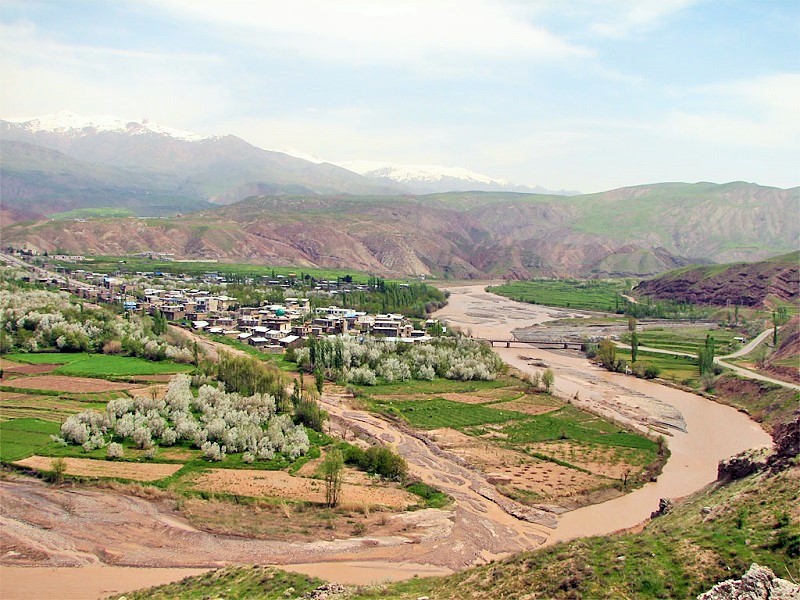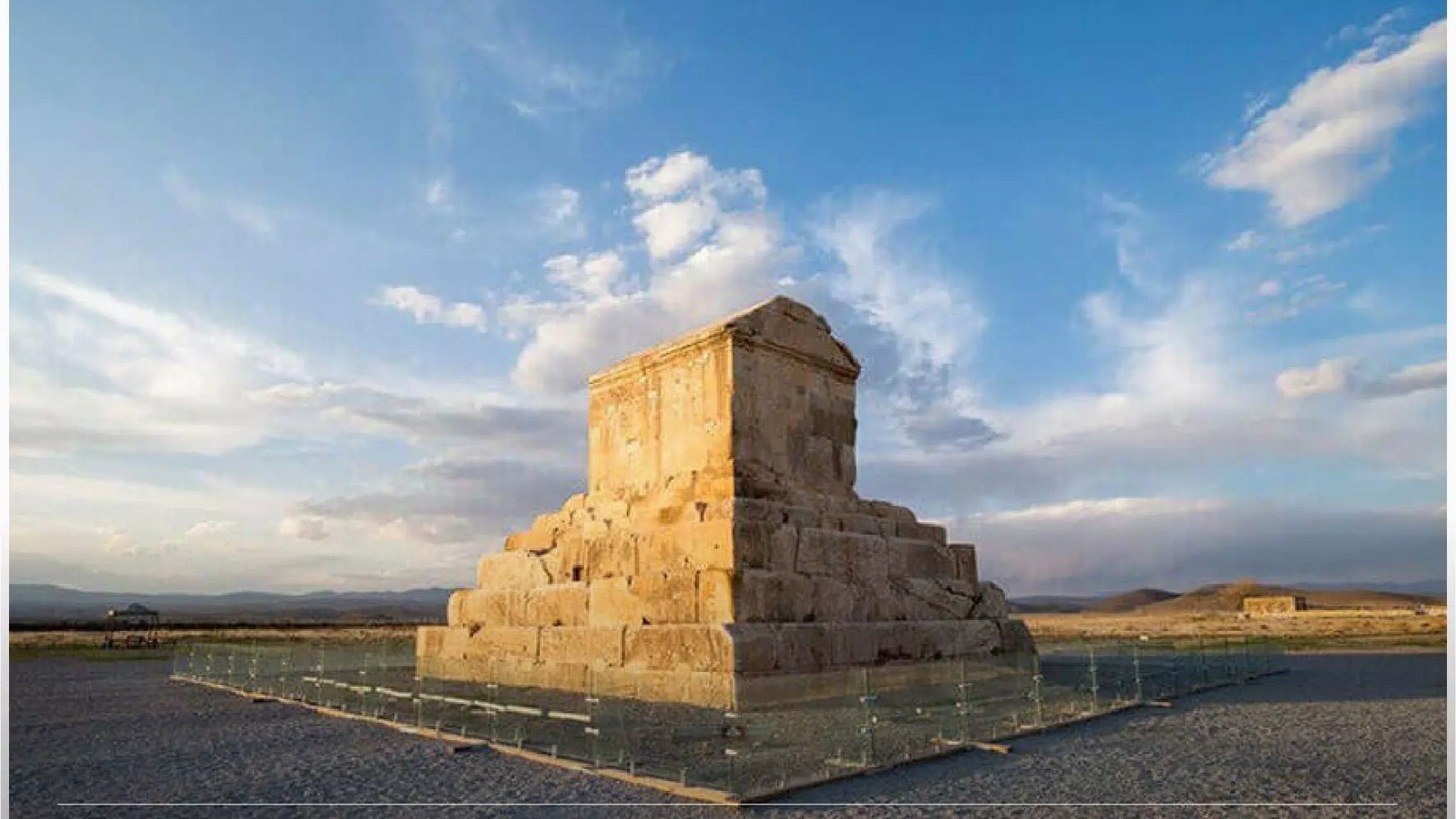
Visiting the Largest Brick Dome in the World — The Soltaniyeh Dome Complex
Perhaps comparing a tourist attraction or an ancient monument to more globally recognized landmarks can help introduce it
more effectively, especially for travelers visiting a foreign country who may be unfamiliar with its culture, history, society, and heritage. However, doing so is not easy, as many historical sites have no true counterparts anywhere in the world! The Dome of Soltaniyeh, for instance, despite often being compared to the dome of Santa Maria del Fiore in Florence and the dome of Hagia Sophia in Istanbul because of its height, possesses unique features found nowhere else on Earth. This magnificent dome is the most famous surviving monument of the ancient city of Soltaniyeh, and it has been inscribed on the UNESCO World Heritage List.
History of the Dome of Soltaniyeh
Archaeological excavations indicate that human settlement in the Soltaniyeh region dates back to the first millennium BCE. However, it was Arghun Shah, the fourth ruler of the Ilkhanid dynasty, who, in the late 13th century CE, recognized the importance of this area due to its strategic location between Marv and Maragheh, two major Ilkhanid administrative centers, and began developing it. The Ilkhanids ruled over Iran from 1256 to 1356 CE. Thanks to its vast pastures and fertile fields, Soltaniyeh served as an ideal site for the settlement of the army and royal residences. Arghun Shah built a summer palace in the region. After him, Sultan Muhammad Khodabandeh (Oljeitu) and Sultan Abu Sa’id also contributed to the city’s prosperity. However, Ghazan Khan abandoned further development of Soltaniyeh and instead focused his attention on Tabriz, which led to the city’s decline. Despite this, Soltaniyeh eventually grew into one of the most flourishing cities of Iran, remaining a major caravan stop during the Safavid era (16th–17th centuries CE). Due to its heavy traffic, several caravanserais were built around the area to accommodate travelers and traders. Sultan Muhammad Khodabandeh, known as Oljeitu, played the most significant role in the prosperity of Soltaniyeh. He was the eighth ruler of the Ilkhanid dynasty and reigned over Iran from 1304 to 1316 CE (703–716 AH).
Oljeitu was born to a Christian mother and initially followed Christianity, but later converted to Islam. The Dome of Soltaniyeh, which today stands as the most famous monument of this ancient city, once formed the center of the royal citadel. The citadel was surrounded by a massive defensive wall, about 12 meters high, so thick that four horsemen could ride side by side on top of it! Beyond the wall, a moat was also excavated to further strengthen the fortress’s defenses. Some historians believe that the construction of the Soltaniyeh Mausoleum was inspired by Oljeitu’s deep devotion to the Shi’a Imams. It is said that Oljeitu initially intended to build a grand tomb to transfer the remains of Imam Ali and Imam Hussein to it. However, opposition from Shi’a scholars—citing the religious prohibition against exhumation in Islam—prevented him from doing so. Nevertheless, Oljeitu proceeded with the project, modifying the original design, and ordered that his own body be buried in the crypt beneath the monument after his death. The renowned Ilkhanid vizier Fazlollah Hamadani oversaw the architectural design of the structure, while Seyyed Ali Shah, the chief architect, directed three thousand workers to complete the magnificent dome in ten years. The brickwork alone took three years to finish, reflecting the remarkable craftsmanship and attention to detail of the era.
Architecture of the Dome and Mausoleum of Soltaniyeh
During the Ilkhanid period, many tall and monumental structures were built, several of which still stand today, with examples visible in cities such as Maragheh. Yet, no structure better demonstrates the mastery of Ilkhanid architects than the Dome of Soltaniyeh. The Dome of Soltaniyeh is the third-tallest dome in the world and the largest brick dome ever constructed. These features alone attest to the remarkable advancement of architecture and related sciences, such as mathematics, in Iran during that era. Around the Soltaniyeh Mausoleum, several other buildings once stood, though most have disappeared over time. The mausoleum itself is built of brick and mortar (sarooj). A variety of decorative techniques — including brickwork, plasterwork, inscriptions, tilework, and mural painting — can still be seen within the monument.
Although much of the interior decoration has suffered damage over the centuries, the majesty of the Soltaniyeh complex continues to astonish visitors. The structure has a rectangular plan, consisting of several main sections, which can be described as follows:
The Dome Chamber
This section of the structure is octagonal, with an entrance on each of its eight sides, symbolizing the eight gates of Paradise. Within the dome chamber, one can admire some of the most exquisite decorations of Ilkhanid architecture. In the upper part of the building, each side contains three rooms, each featuring a window that opens to the exterior, allowing light to enter the space. The ceilings of these rooms are adorned with stucco decorations and colored brickwork, showcasing refined craftsmanship. A staircase connects the ground floor to these upper rooms. On the first floor, a large mihrab with a tall arch can be seen, richly decorated with raised Qur’anic inscriptions. The floor of the structure, covered with smooth white marble slabs, enhances the interior’s luminous and majestic appearance.
The dome rises to a height of 48.5 meters and has a diameter of nearly 25.5 meters. The total weight of this massive structure is estimated at around 200 tons. To support such an enormous load, various parts of the structure were interlocked with toothed wooden beams, providing flexibility and strength. Pine wood was used for this purpose due to its resilience and lightness. Although the foundation of the building extends only about 90 centimeters into the ground, the Dome of Soltaniyeh has remarkably withstood numerous devastating earthquakes over several centuries — a testament to the advanced engineering and structural ingenuity of Ilkhanid architects.
The Turbatkhaneh (Sanctuary of Sacred Soil)
This section of the monument is attached to the southern side of the main dome chamber. It is believed that the Turbatkhaneh was constructed after the completion of the dome. According to historical accounts, when Oljeitu abandoned his plan to transfer the remains of the Shi’a Imams, he decided instead to build a chamber using soil from their holy shrines.
In various parts of this section, verses from the Holy Qur’an—written in Thuluth and Kufic scripts—were inscribed using soil from the tomb of Imam Hussein. The interior was decorated with golden tiles, creating an atmosphere of reverence and splendor. In earlier times, the Turbatkhaneh featured a large door made of copper and gold, though today no trace of that magnificent entrance remains.
The Crypt (Sardābeh)
Beneath the Turbatkhaneh lies an underground chamber known as the crypt (sardābeh). It was customary among the Ilkhanid rulers to bury their dead in crypts beneath monumental structures. Although no visible tombs remain in this section today, some historians believe that several Ilkhanid nobles, including Sultan Muhammad Khodabandeh Oljeitu himself, were interred here. The crypt features a network of interconnected corridors and passageways, reflecting the architectural precision characteristic of Ilkhanid funerary design.
The Minarets of the Dome of Soltaniyeh
At each corner of the octagonal structure of the Dome of Soltaniyeh, minarets were constructed, encircling the great dome. Although these minarets are not richly decorated, they harmonize beautifully with the turquoise-blue dome and the overall composition of the monument. Traditionally, minarets served purposes such as calling the faithful to prayer, making public announcements, or observing the surroundings. However, in the case of Soltaniyeh, the minarets had an additional structural function: because the dome’s immense weight created the risk of outward thrust, the minarets were built to counterbalance this pressure and prevent the dome from collapsing. Over the centuries, large portions of the minarets have crumbled, yet they successfully fulfilled their structural purpose, ensuring the stability and survival of the magnificent dome for more than seven hundred years.
Where Is the Dome of Soltaniyeh Located?
The ancient city and mausoleum of Soltaniyeh, commonly known as the Dome of Soltaniyeh, is located about 40 kilometers west of the city of Zanjan. The Zanjan–Qazvin highway passes near this historic site, making it easily accessible to visitors.
National and World Heritage Registration
Soltaniyeh was inscribed on Iran’s National Heritage List in 1932 (1310 AH). Later, in 2005 (1384 AH), it was added to the UNESCO World Heritage List, becoming the seventh Iranian site to receive this prestigious recognition.
| Name | Visiting the Largest Brick Dome in the World — The Soltaniyeh Dome Complex |
| Country | Iran |
| State | Zanjan |
| City | Soltaniyeh |
| Type | Historical |
| Registration | Unesco,National |

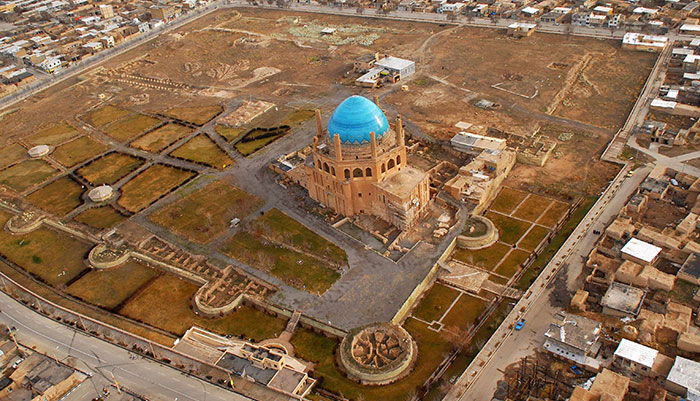






Choose blindless
Red blindless Green blindless Blue blindless Red hard to see Green hard to see Blue hard to see Monochrome Special MonochromeFont size change:
Change word spacing:
Change line height:
Change mouse type:


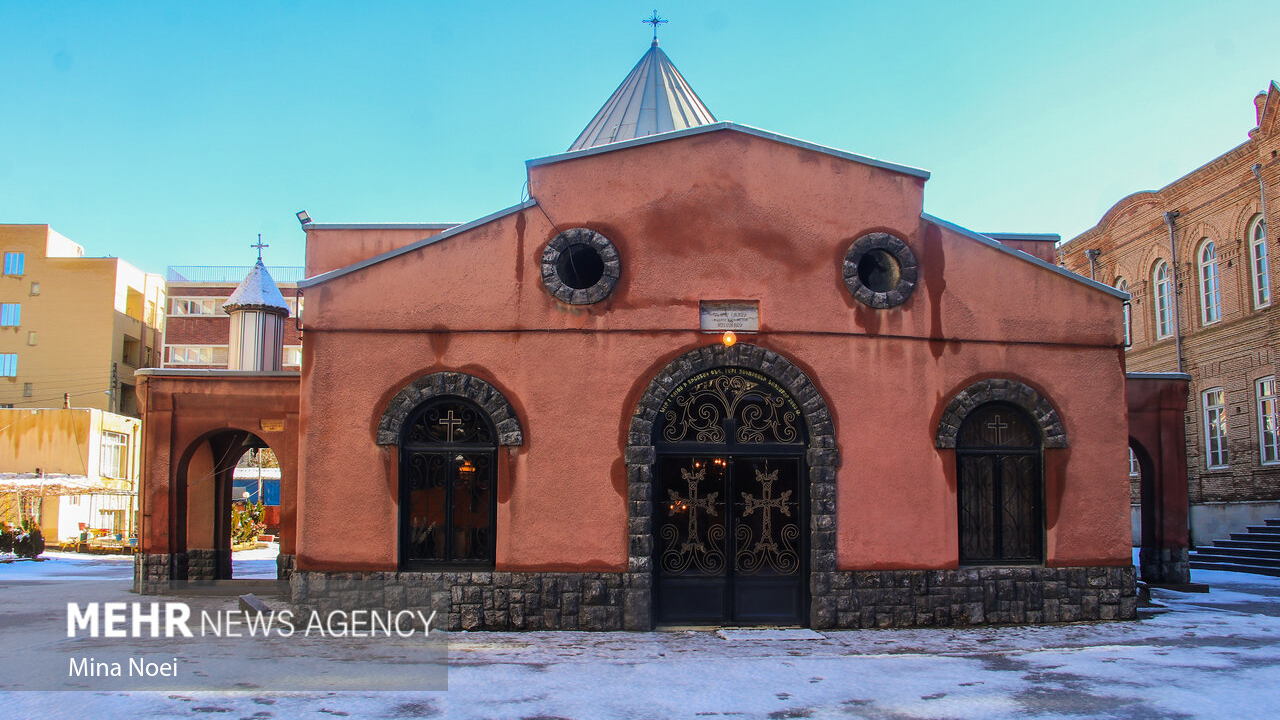
.jpg)

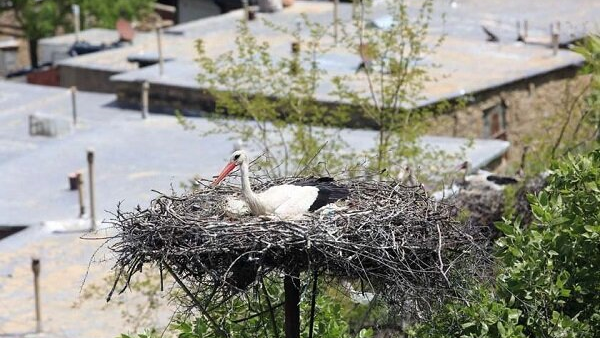
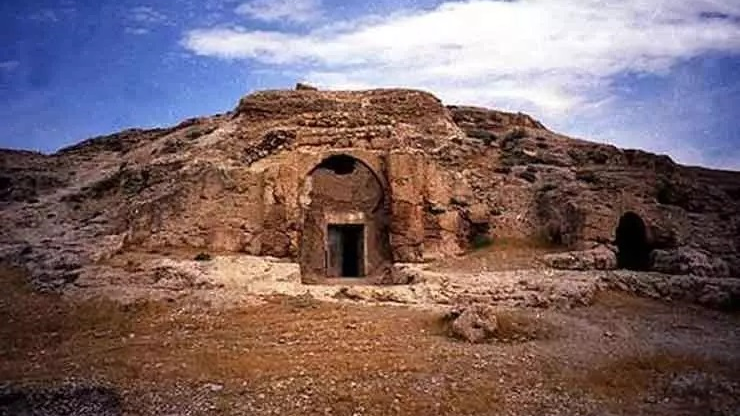

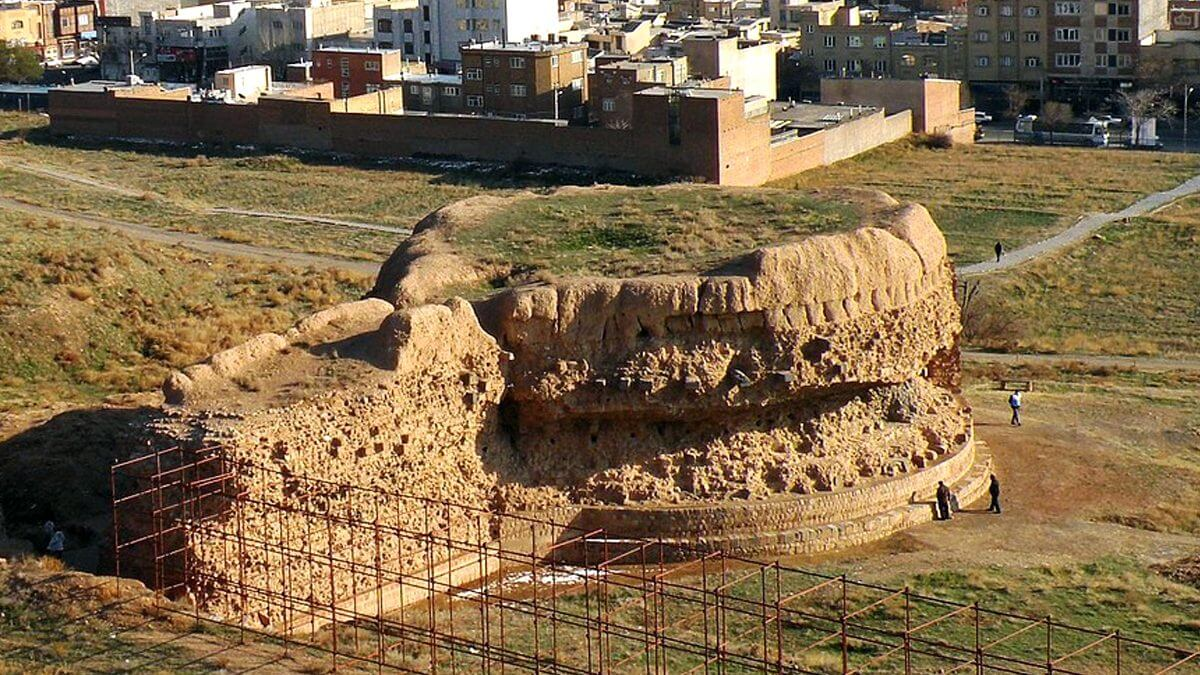

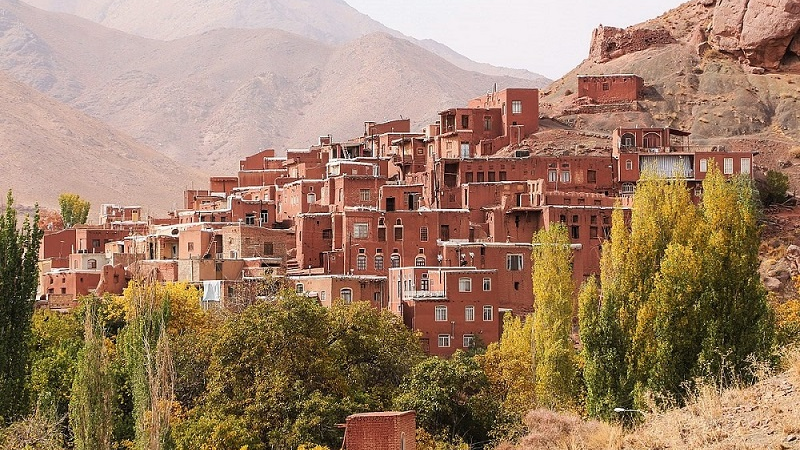
 در جنوب میدان نقش جهان واقع است_crop_1.jpg)
